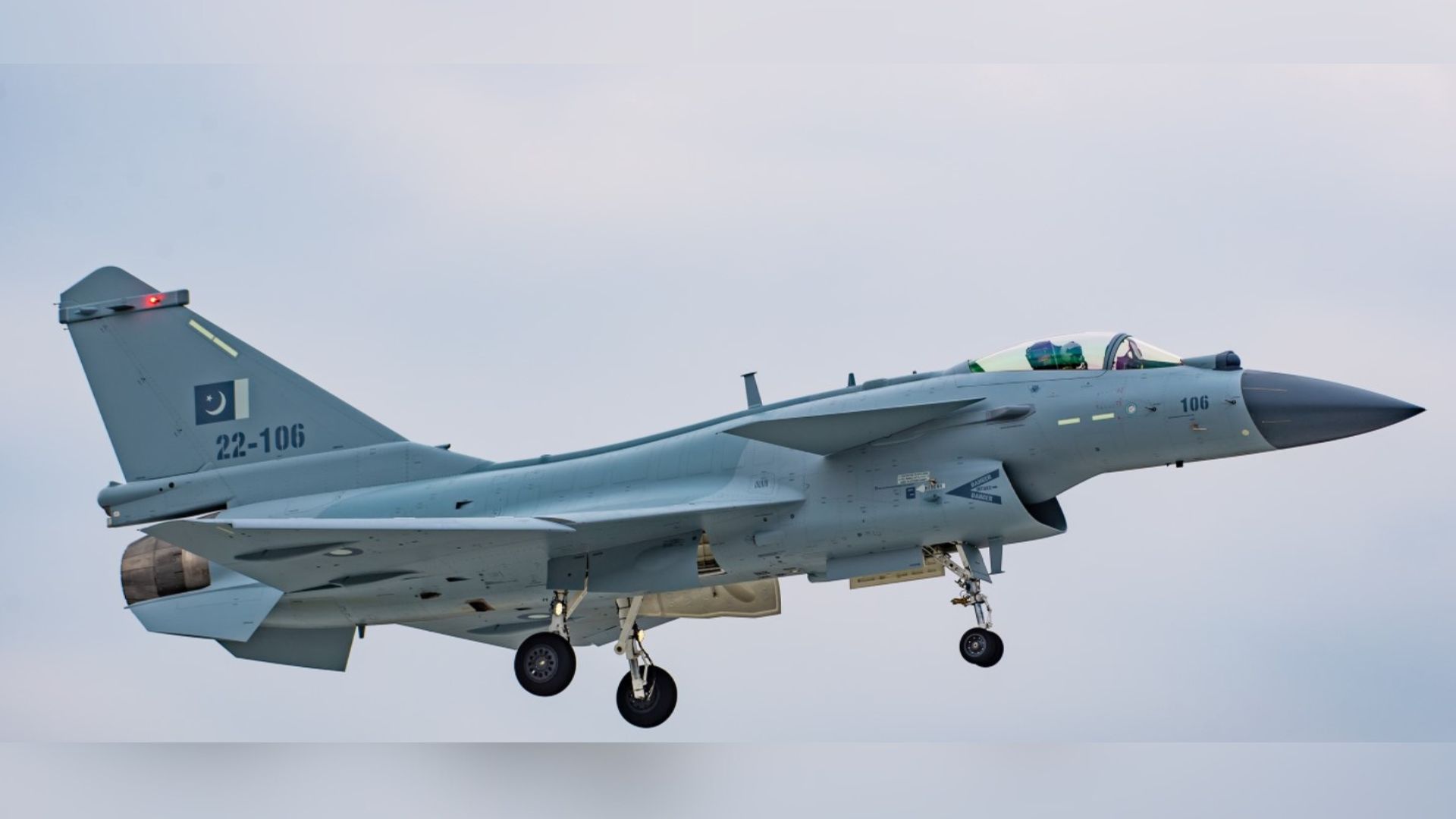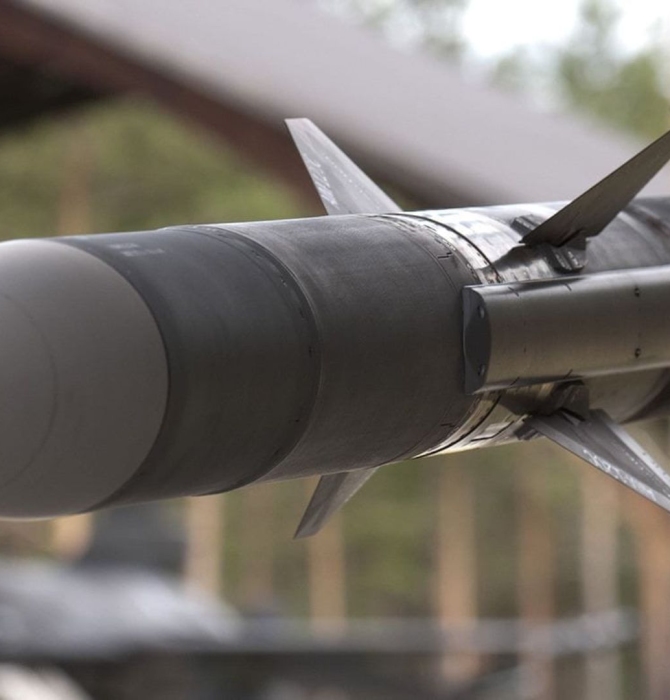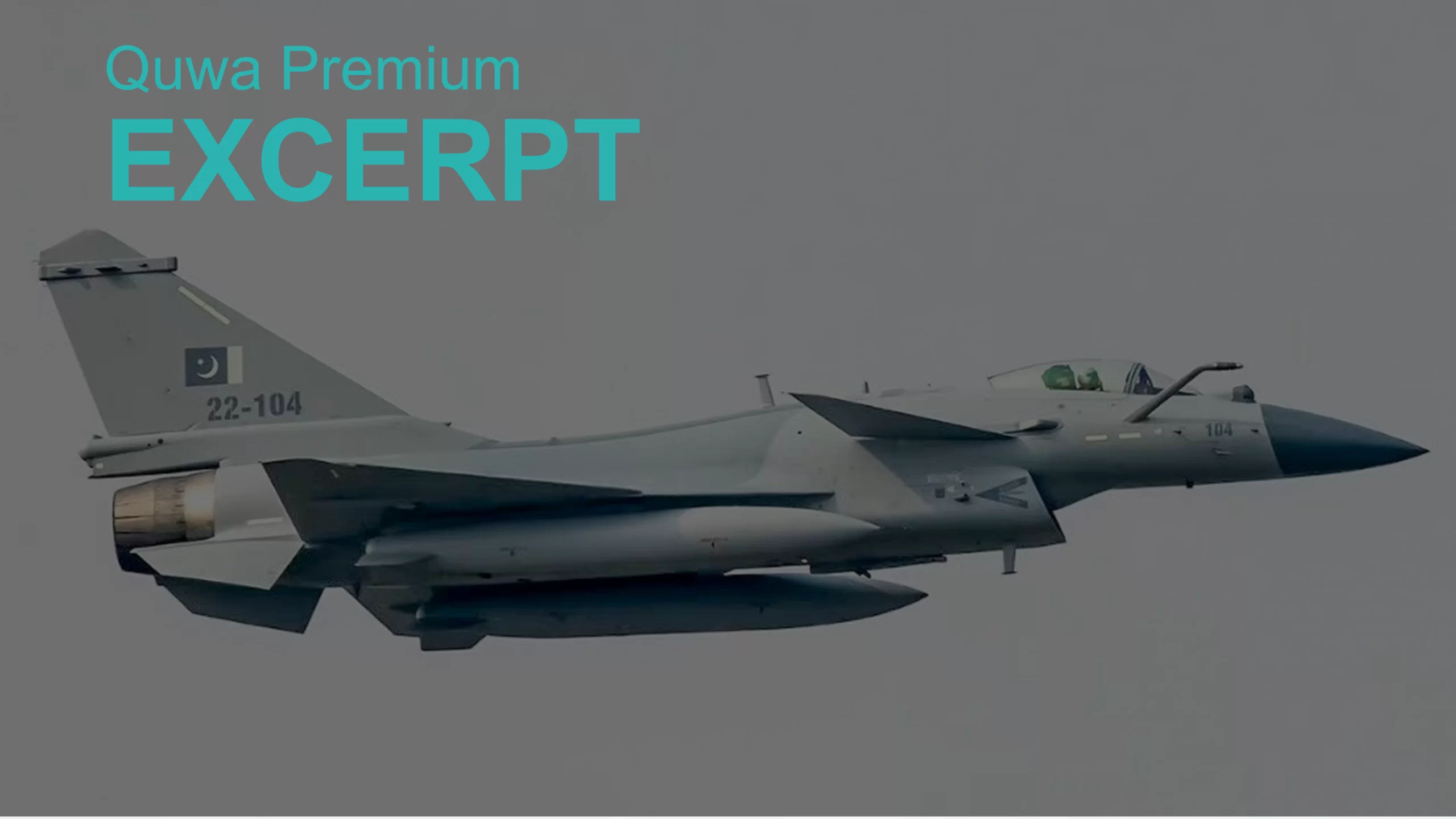12265Views

How China Helped Build Pakistan’s Air Power Quwa Premium
One of the headlining stories of the recent Indo-Pak Conflict from May 7-10 2025 was the apparent success of the Pakistan Air Force’s (PAF) Chinese-origin fighter aircraft. This notably included the Chengdu J-10CE and, to a lesser extent, the JF-17C Block-3. The latter is a joint-venture between the Aviation Industry Corporation of China (AVIC) and Pakistan Aeronautical Complex (PAC).
In addition, both the J-10CE and JF-17C were armed with the PL-15E long-range air-to-air missile (LRAAM). The PAF claimed it used this weapon to apparently down five Indian Air Force (IAF) fighter aircraft. These reportedly included several Dassault Rafales, among the IAF’s latest combat aircraft and a premier European fighter offering.
If the J-10CE and PL-15E combination performed as the PAF claims, implications could be globally significant. China would earn the coveted “proven in combat” badge, potentially attracting key defence markets. These markets, like Algeria, Iraq, and Egypt, often struggle to access cutting-edge Western systems and are also Russian customers. Pakistan’s experience could help Beijing expand its industry’s footprint in these key markets.
From a technical standpoint, such purported results could concern the U.S., which views China as a threat in the Asia Pacific. China’s export systems are typically some years behind what the People’s Liberation Army (PLA) operates. Regardless of the J-10CE and PL-15E’s performance in the Indo-Pak conflict, PLA equipment will generally leverage newer technology. Thus, any Pakistani success is a concern for the US in the Pacific; however, any failing may not be highly consequential, as Pakistani technology does not reflect China’s most advanced capabilities.
Neither the PAF nor the IAF’s kill-tallies have been concretely verified. However, photos purporting to show wreckage of each country’s aircraft are being shared on social media, and examined by open-source intelligence (OSINT) observers globally.
Ultimately, only the PAF and IAF will truly know their own aircraft losses. They are unlikely to ever clearly admit to any.
The public kill tally is irrelevant in this context. If PAF Air Headquarters (AHQ) is genuinely satisfied with its Chinese equipment’s performance – be it the J-10CE, JF-17C, HQ-9BE SAM, radars, or electronic warfare (EW) systems – it will deepen its partnership with the Chinese industry.
China Will Get Valuable Real-World Data
From this brief but intense conflict, the PAF and the Pakistani military generally have generated valuable real-world data. This data stems from each of its mainstay fighter aircraft (i.e., J-10CE and JF-17), its SAMs, its EW systems, and its wide assortment of short- and long-range radars.
These systems dealt with scenarios China will need to prepare for. Such scenarios include the advent of enemy supersonic-cruising missiles, loitering munitions, and large air formations or deployments.
Pakistan’s ‘nodes’ – such as fighters and SAMs – will also offer valuable insight into both the success and potential drawbacks of these systems.
For example, while Pakistan’s air defence system seemingly intercepted a number of BrahMos supersonic-cruising missiles (SSCM), some still penetrated and damaged PAF facilities, including air bases nested relatively deep in Pakistan’s interior, like Shahbaz Air Base in Jacobabad and Bholari Air Base in Sindh. If these SSCMs had been fired at a much larger scale and with greater intensity, there is little doubt that they could have potentially wrecked significant damage onto the PAF and, in turn, Pakistan’s ability to field air power for both defensive and offensive purposes.
The data will help both the PAF and its Chinese industry partners understand the risks posed by large-scale Indian SSCM deployment. This could, in turn, potentially result in original solutions that are both improved in stated performance and better optimized for Pakistan’s unique threat environment.
End of excerpt (594/1,499 words).
Existing Quwa Premium members can log in below
Note: Logged in members may need to refresh the article page to see the article.


